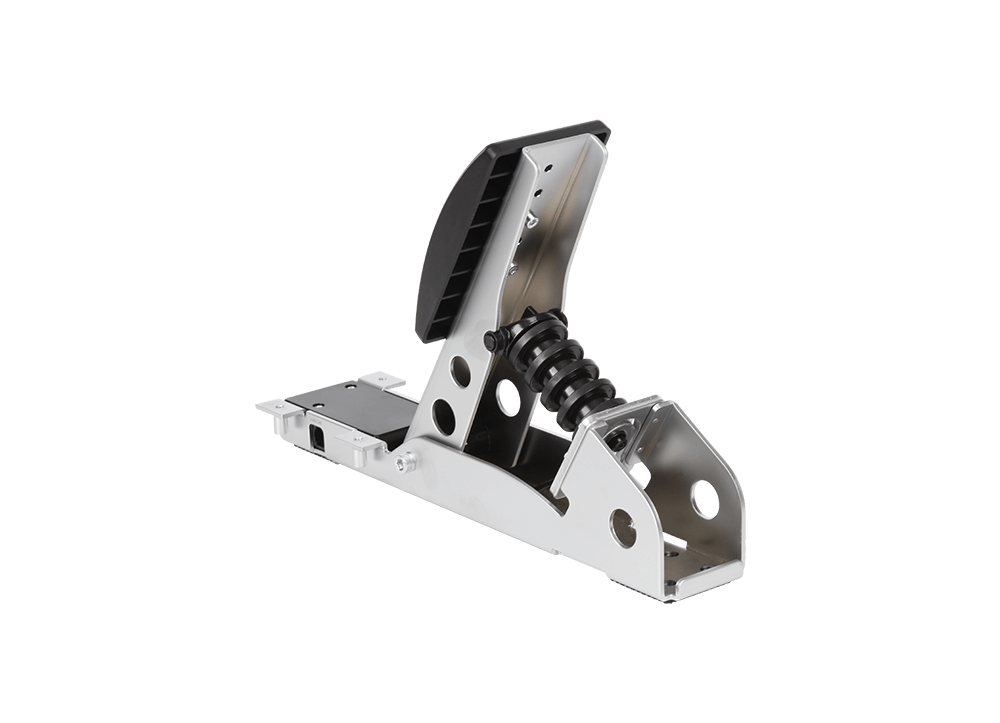Time:2023-09-18 Preview:
The vertical machining center is not ready for system alarm display servo VRDY OFF. (If the 0 system is a 401 or 403 alarm, and the 16/18/0I is a 401 alarm)
After the vertical machining center system starts up and self checks, if there is no emergency stop or alarm, a * MCON signal will be issued to all axis servo units. After receiving this signal, the servo units will connect the main control relay and send back the * DRDY signal. If the system does not receive the

VRDY signal within the specified time, this alarm will be issued, and the * MCON signal of each axis will be disconnected. Therefore, all vertical machining center channels mentioned above are fault points.
Check whether the plugs of the vertical machining center have poor contact, including the connection between the control board and the main circuit.
Check if the LED is showing. If it is not showing, it means there is no power on the board or the power circuit is faulty.
Check if the external AC voltage is normal, including: 3-phase 200V input (terminals R, S, T), single-phase 100V (available in C series, terminals 100A, 100B)
Check whether the DC voltage on the control board of the vertical machining center is normal. If there are any abnormalities, check the fuse on the board and the power circuit on the board for any burnt areas. If it cannot be repaired by oneself, it can be sent to FANUC for repair.
Carefully observe whether the LED of the vertical machining center changes to 0 (closed) and then disconnects (becomes a horizontal bar -), or does it not close at all (remains the same as a horizontal bar). If it is pulled in and then disconnected, it may be due to poor contact of the relay. Replace the relay. If it is a woodworking machine or a dusty working environment, it can be basically determined that the contact of the relay is not good. If the vertical machining center does not engage at all, the relay coil of the unit is not good or the control board is not good or there are broken wires, which can be determined by measuring the coil resistance of the relay. If it is a dual axis, as long as one axis is not good, it will not engage.
Observe if there are other alarm numbers on the LED of all vertical machining center servo units, and if so, eliminate these alarms first.
If it is a dual axis servo unit, check if the other axis is not connected or has poor contact, or if the servo parameters are sealed (system 0 is 8X09 # 0, 16/18/0I is 2009 # 0).
Check if the * ESP is abnormal, unplug the * ESP plug, and measure with a multimeter that there should be a short circuit at both ends. If it is an open circuit, it indicates a fault in the emergency stop circuit.
Check if the R1, RC, TOH1, and TOH2 circuits are disconnected. Normally, it should be short circuited or shorted.
Check if the terminal settings of the vertical machining center are correct. As follows: S1-ON: TYPE B, OFF: TYPE A (TYPE A refers to the encoder feedback of the motor connected to the axis control board of the system, TYPE B: the encoder feedback of the motor connected to the servo unit), S2-ON: SVUC, OFF: SVU, S3, S4-ON, ON refers to the built-in discharge unit, and others are different types of discharge units.
If all of the above are normal, then the vertical machining center has a CN1 command line or system axis control board fault.
 Related News
Related News·Advantages and daily maintenance matters of automatic lathe processing ·CNC Technology - A New Power for Industrial Manufacturing ·What principles should I follow when choosing a car stamping hardware mold material? ·What are the differences in the use of processing centers and carving machines ·CNC processing center work failure brief analysis ·Advantages in CNC processing ·What are the factors affecting the electroplating quality of metal die castings? ·How to use stamping materials reasonably? ·Large CNC processing ·Several main problems in the current development of the mechanical processing industry


